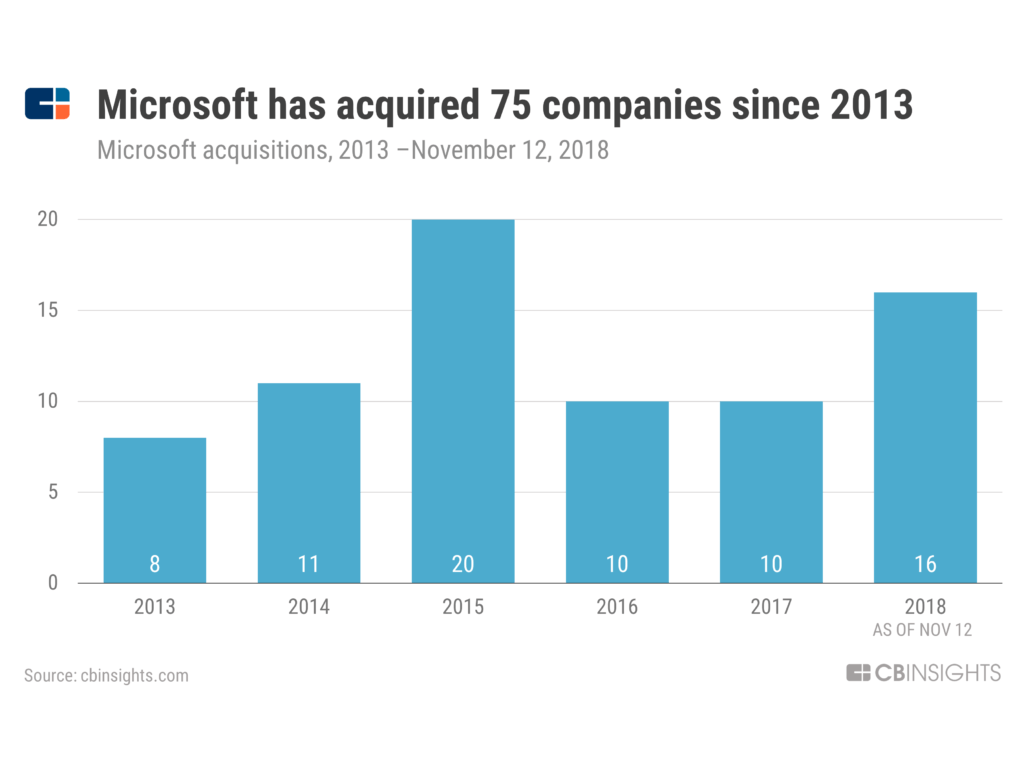Over the decades, Microsoft has forged a fascinating path, marked by bold acquisitions, sometimes crowned with brilliant successes, other times tinged with remarkable missteps. This company, which has established itself as a key player in the global computing industry, has broadened its horizons, ranging from management software to video games. In 2002, with the acquisition of Navision, it began a new era of innovation, reflective of its aggressive strategy. The acquisitions, encompassing giants like Skype and Activision Blizzard, narrate the ambitions of a company always in search of dominance, but also the challenges of managing exponential growth while juggling the twists and turns of a constantly evolving technology market.
Since its inception, Microsoft has followed a dynamic evolution, marked by strategic acquisitions that have transformed its technological landscape. As early as the 2000s, purchases such as Navision in 2002 allowed Microsoft to expand its footprint in the enterprise management software sector. Other notable acquisitions, like Skype in 2011 and Activision Blizzard in 2022 for the impressive sum of $68.7 billion, illustrate the company’s appetite for creating powerful synergies.
However, Microsoft’s journey has not always been without hurdles. Looking back, certain strategic choices, particularly in the realm of cloud computing or operating systems, have raised questions about the soundness of its decisions. Much like the famous “contract of the century” negotiated with IBM, the history of Microsoft is filled with valuable lessons on the challenges of a constantly evolving market.

Table of Contents
ToggleTimeline of Microsoft Acquisitions
Since its beginnings, Microsoft has followed a trajectory of expansion through strategic acquisitions. The first major milestone occurred in 2002 with the purchase of Navision, marking a significant advancement in the enterprise management software sector. This move allowed the company to diversify its offerings and strengthen its market presence. Over the years, Microsoft has continued to invest heavily in other companies, thereby fortifying its position in the global technology market.
Remarkable Successes
Acquisitions like that of LinkedIn in 2016 for $26.2 billion propelled Microsoft to new heights. This purchase allowed for the integration of professional social networks into its ecosystem and improved the functionalities of its products. We should not overlook the successes of acquisitions such as Skype, which added essential communication features to the Office suite, enhancing remote collaboration. Thanks to these wise choices, Microsoft has reached new profitability peaks.
Missteps to Consider
However, some acquisitions did not have the expected impact, like that of aQuantive in 2007, for the sum of $6.3 billion. This operation resulted in a significant loss, highlighting the risks associated with large investments. The company has sometimes struggled to integrate these new structures into its business model. These missteps remind us that even giants can stumble, even if they often rise stronger thanks to the lessons learned.
📚Les dernières acquisitions dans les bibliothèques @IHMCUMR8066
— Bibliostoriae (@Bibliostoriae) June 27, 2024
– A la Bibliothèque de l'Institut d’histoire de la Révolution française IHRF
– A la bibliothèque du Centre d'Histoire des Sciences et d'Histoire des Techniques du centre Malher pic.twitter.com/ZV5QuuXSVB











